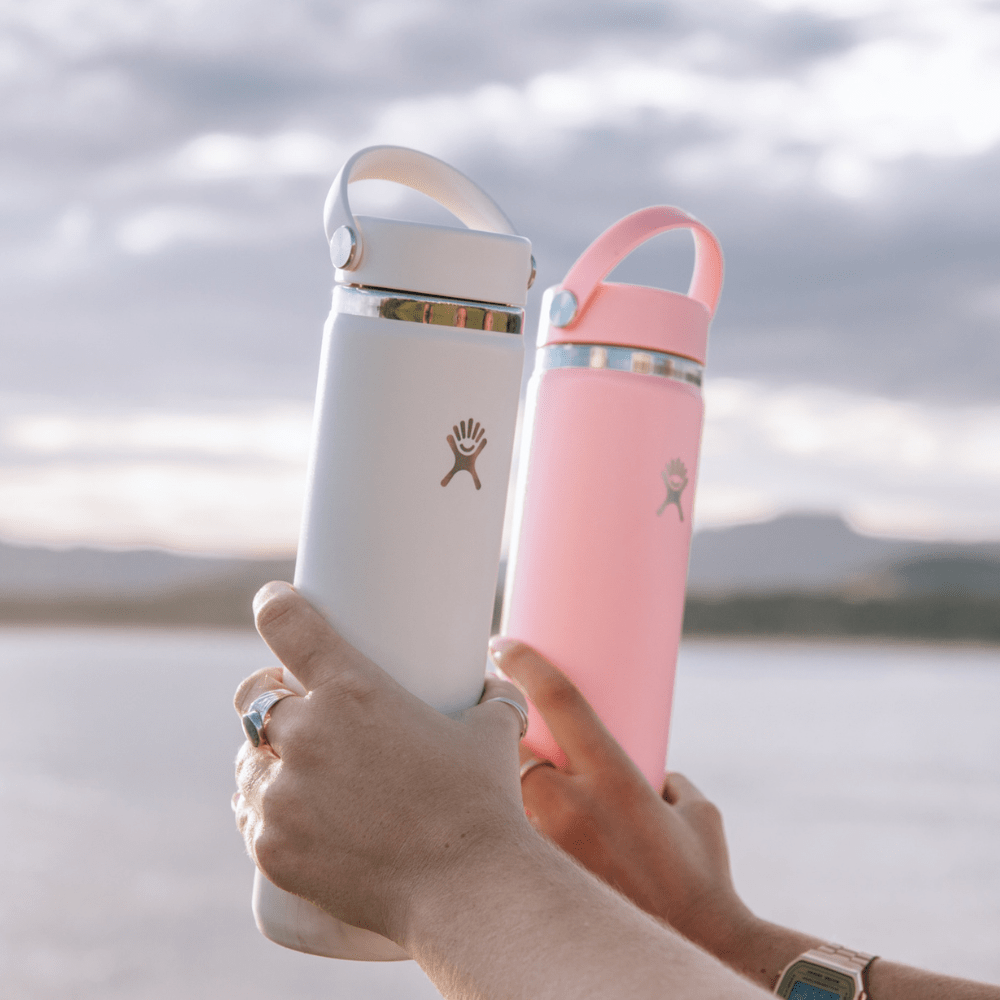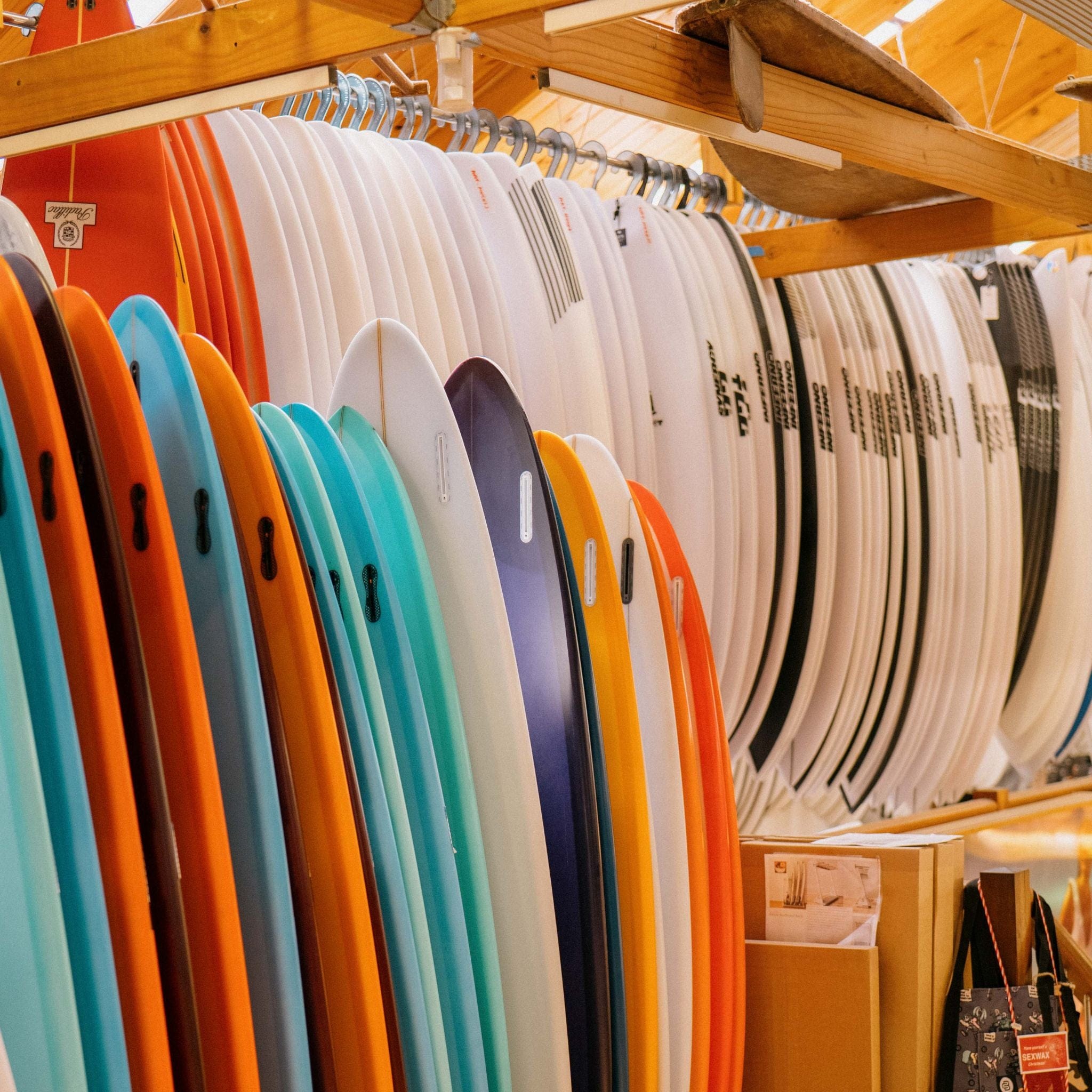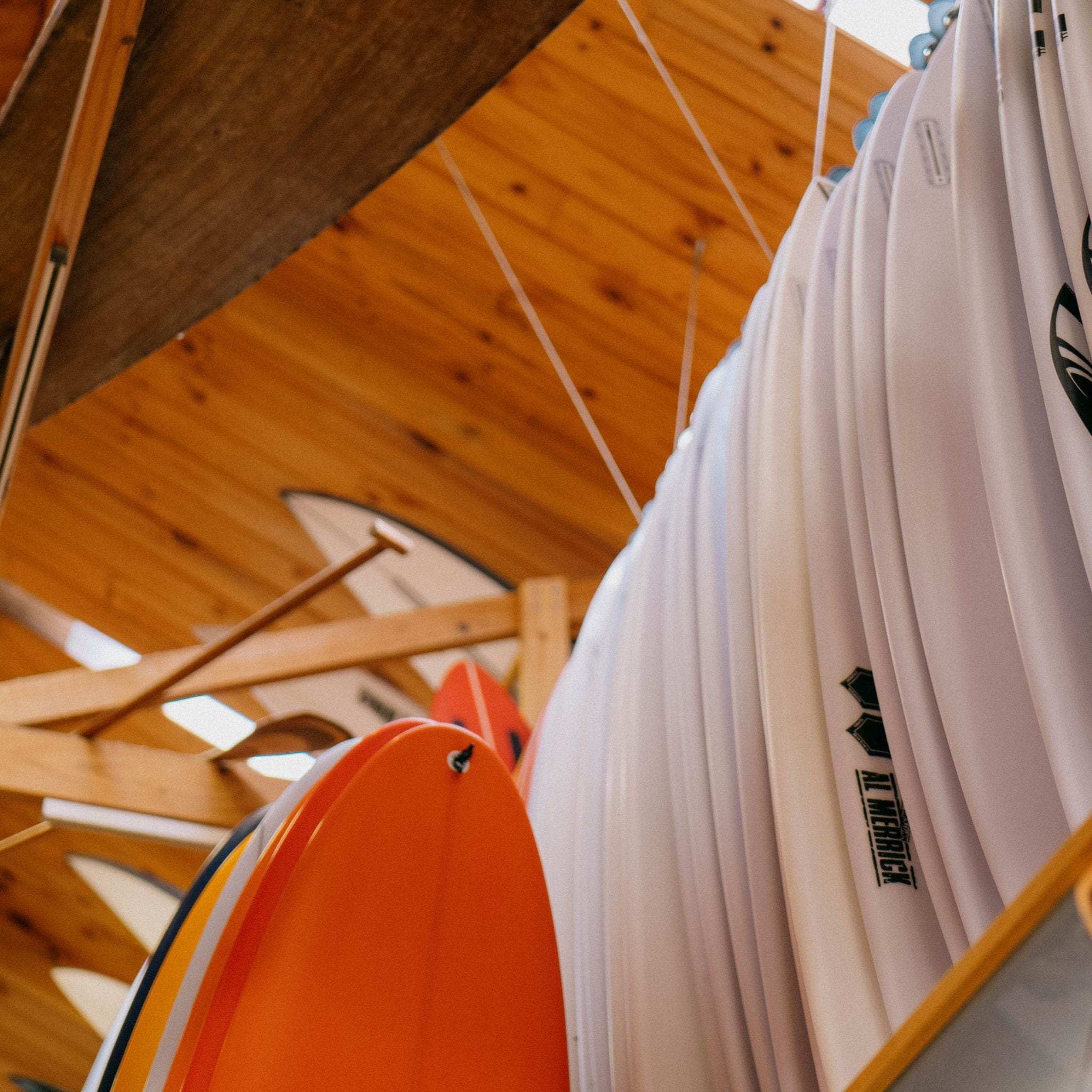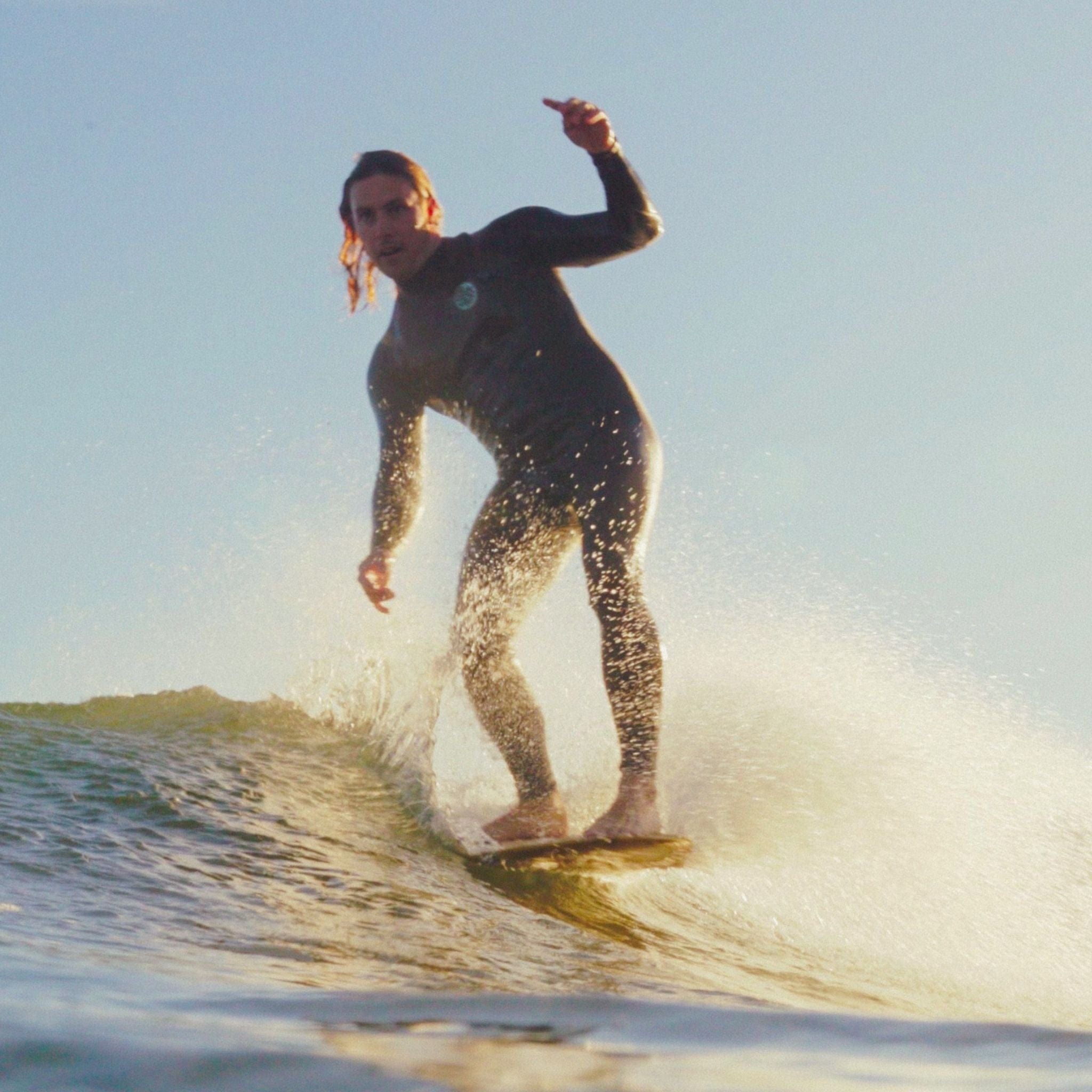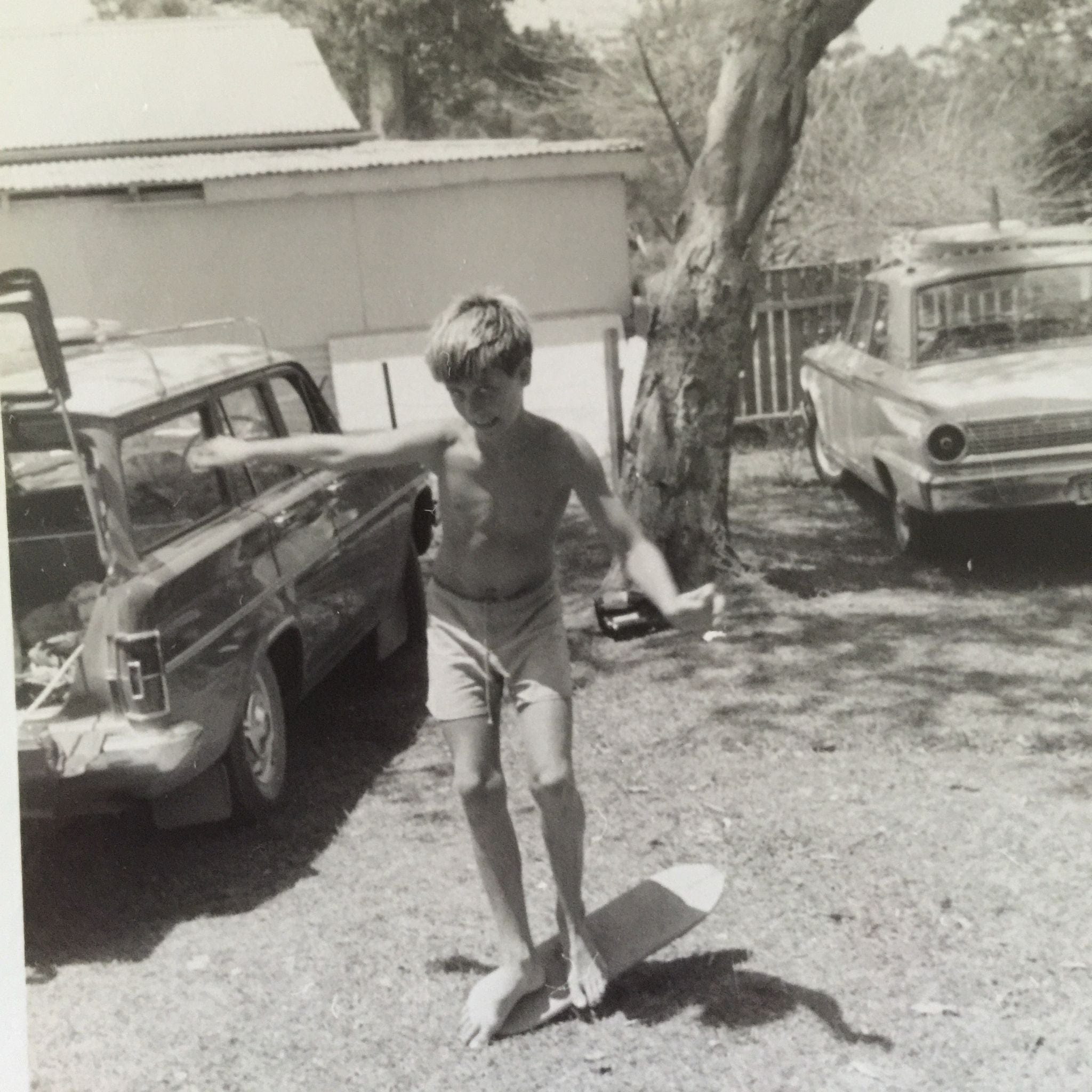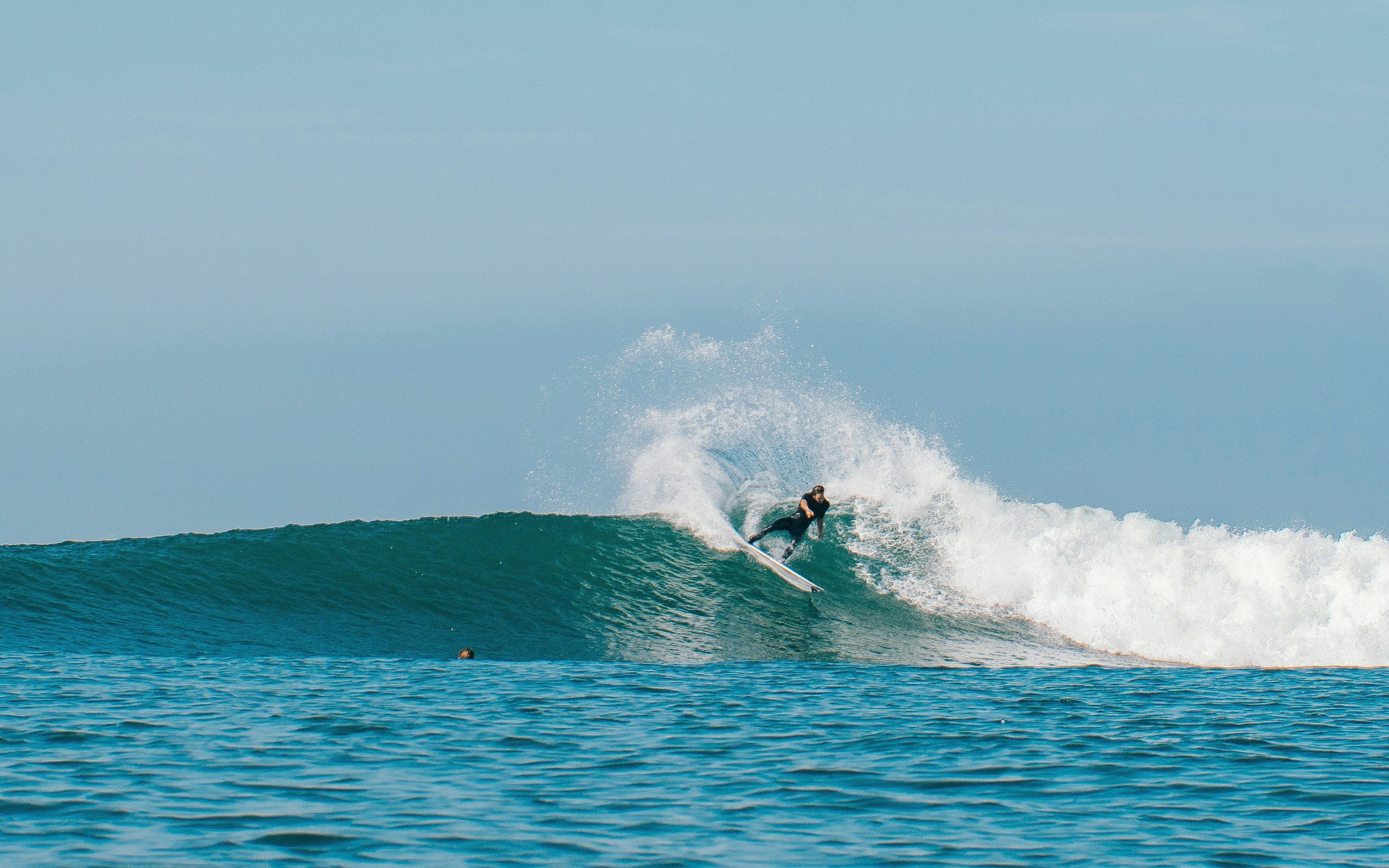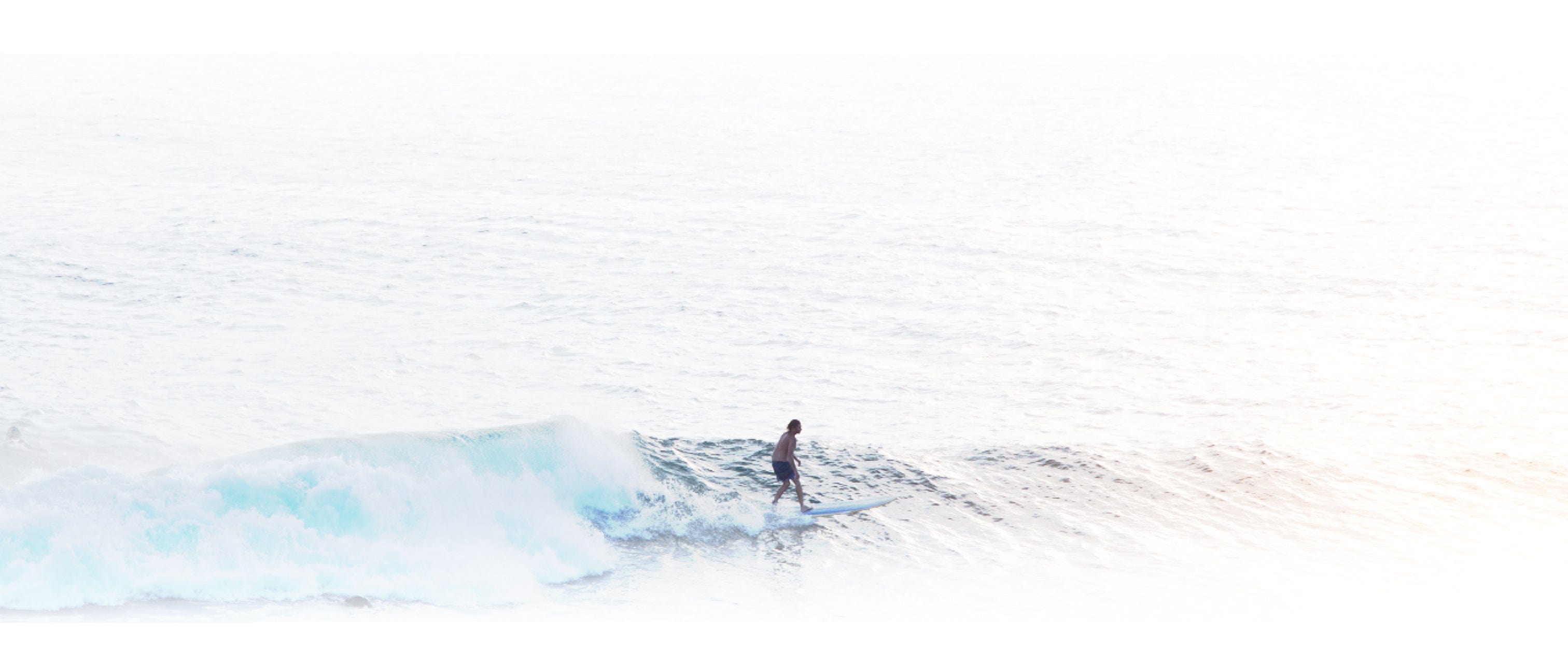Outside of actually navigating a lineup and riding waves, reading a surf report is a crucial part of surfing.
Knowing how to interpret and leverage surf forecasting websites to ensure you and your mates score the best waves possible is key to having a successful surf session. And fortunately for modern surfers, decoding surf conditions has never been easier.
Word of caution… this article won't turn you into a surf forecasting wizard overnight.
What it will do is give you the basic tools and knowledge to better understand surf reports, so you spend less time driving around sussing different spots and more time in the water!
Pencils at the ready? Let's get cracking.
Why reading a surf report is essential for surfers
In short, reading a surf forecast is essential because it gives you the power to find good waves on your own terms instead of having to rely on other people to give you the heads up.
You no longer need to wait for someone to tell you the waves are good or spend hours aimlessly driving along the coast hoping to stumble upon a decent break.
For many new surfers, it's the first step towards surf independence whereby you can make informed decisions about when and where to surf.
There's nothing worse than waiting all week to surf, only to drive to your local beach and get skunked by poor conditions.
Then, a few days later while grabbing a coffee, you overhear a more experienced surfer saying how great the waves were at a different spot just down the coast.
Absolute bummer (especially if you’re stinging to surf a new surfboard)!

Key Elements of a Surf Report
Fortunately, knowing how to read a surf report has never been easier!
Surf forecasting sites break down the relevant information into easy-to-understand data points, allowing surfers like yourself to make informed decisions about where and when to hit the waves.
That said, you can get really deep and technical when it comes to surf forecasts. Wave shape, broader weather reports, sea floor and even swell size (as opposed to wave height) all play a part in the surf prediction process.
But for now, let's just focus on what you need to know in order to make the most of your surfing experience... without getting bogged down by too much information.
Wave height
Wave height is the measurement of the vertical distance between the crest (top) and trough (bottom) of a wave.
This is typically measured in feet or meters, and it can vary greatly depending on the location and swell conditions.
Knowing the wave height gives you an idea of wave size at any particular spot. And when combined with the wave period, you'll have a better understanding of the overall surf conditions.
Wave period
Wave period is, in a nutshell, an indicator for how powerful a particular swell is.
It's technically defined as the time it takes for two successive wave crests or troughs to pass a stationary point, and it's usually measured in seconds.
-
A higher or longer period = larger and more powerful waves (11 seconds and above)
-
A lower or shorter period = smaller and weaker waves (less than 10 seconds)
Higher or longer period swells, also known as ground swells, are generated by strong winds blowing over a large distance, resulting in well-defined and organised wave patterns.
Lower or shorter period swells, also known as wind swells, are generated by strong local winds and have a more chaotic and disorganised wave pattern.
Swell direction
The direction that a swell is coming from has a significant impact on the surfing conditions at a particular surf spot.
The ideal swell direction for surfing depends on the orientation of the coast and bathymetry (underwater topography) of the area.
It's difficult to apply a blanket statement about swell direction as it varies greatly depending on the location.
Generally speaking for the East Coast of Australia, which faces the Pacific Ocean, a south, east or north swell is considered ideal.
Again, this varies depending on the specific coast and its orientation to the swell.
For example, a south-facing beach like Seven Mile Beach in Gerroa prefers a south swell. This is because the swell hits the coast head on, creating a more consistent and powerful wave.
On the other hand, a beach open to the north, east and south like Werri Beach in Gerringong can handle a variety of swells, making it a consistent spot for surfers.
Wind speed and direction
Wind speed and wind direction determines how smooth (or how bumpy or "choppy") the water surface is, which greatly impacts surfing conditions.
-
A light offshore wind (blowing from land to sea) will create clean and smooth waves
-
An onshore wind (blowing from sea to land) will create choppy and messy waves
-
A sideshore wind (blowing parallel to the coast) can create both good and bad conditions depending on the specific beach
That said, wind strength can greatly affect the surfability of a wave.
For example, high winds (above 45 kph) regardless of whether they're offshore or onshore can create challenging conditions for surfers, making it difficult to paddle into waves.
Offshore, light onshore or no wind at all are considered to be the most favourable conditions for surfing, as they create smooth to smooth-ish waves with minimal chop.
Tide information
Tide determines how much or how little water is in the ocean at any given time.
It’s an important factor to consider when planning a surf session, as different tides can drastically change wave conditions. While there are endless nuances to tide, most breaks conform to the following.
-
High tide makes breaks fuller, fatter and more forgiving. This is ideal for beginners as they have more time to catch and ride the waves. High tide also allows surfers to explore areas of a break that may be inaccessible or dangerous during low tide due to shallow reefs or rocks
-
Low tide, on the other hand, creates a steeper and faster wave. This is preferred by more experienced surfers as it allows for more challenging maneuvers and turns
When consulting a more advanced surfer about a surf break, tide conditions will likely be one of the first things they mention.
Understanding the impact of tides on wave quality and safety is essential for beginner surfers and intermediate surfers looking to test their skills at new waves.

Step-by-Step Guide to Reading a Surf Report
-
Go to a surf forecasting site like Surfline, Surf-Forecast, Swellnet or Windguru
-
Identify a few beaches or surf breaks near you that you intend on surfing
-
Start by looking at the swell height and direction for each location. This will give you an idea of how big the waves will be and where they’re coming from
-
Check the wind forecast to determine the best spot (i.e. the cleanest conditions)
-
Now it's time to line up the tide – here's where a little local knowledge comes in! Most beach breaks like a mid-tide going high. Point breaks and reef breaks vary, but as a rule of thumb, mid to low tide is ideal
-
Combine all of these factors to determine the best time and place to surf
-
Last but not least, always remember that there are no sure things when it comes to predicting surf conditions! You're essentially choosing the spot with the highest likelihood of quality waves
Also, don't be afraid to use our online messaging app if you're planning a surf trip to Gerringong or Gerroa.
We're across all the local surf spots, sandbanks and crowd levels. And as such, we're always happy to offer our insight and help you make the most of your surfing experience.

3 Common Mistakes to Avoid
-
Under/overestimating your ability: It's important to be honest with yourself about your surfing skills. Don't try to tackle a surf spot that is above your skill level, as it can lead to dangerous situations for both yourself and others in the water
-
Using just one surf forecasting website: Surf forecasting sites all use different weather models and can offer different predictions. It's important to check multiple websites to get a more accurate idea of conditions
-
Trusting surf forecasting sites TOO much: At the end of the day, nothing beats eyeballing the conditions yourself. Surf forecasting sites can be helpful, but they’re not always 100% reliable. Factors such as local wind and tides can still affect the conditions, so it's important to use your own judgment and experience when making decisions on where to surf. This goes for water temps too. When in doubt, hit us up about our premium quality wetsuits!

Tools and Websites for Reliable Surf Reports
The best tools and websites for surf reports are those that provide the most up-to-date and accurate information.
Here are some popular options to consider.
-
Surfline: The world's most popular and trusted surf forecasting website, Surfline provides detailed reports on surf conditions at over 4,000 spots worldwide
-
Swellnet: A surf forecasting site with an Australian focus, Swellnet offers detailed reports and live streaming video of popular surf spots in Australia
-
Ventusky: A one-time-payment weather forecasting app that offers highly detailed and accurate surf reports for locations all around the world
-
Windguru: Not to be trusted solely but it's almost everyone's back up website for surf forecasts, specifically for wind
-
NNSS crew: The Natural Necessity Surf Shop crew are always up for a surf. If you want to plug into the local Gerringong and Gerroa surf conditions, hit us up!
-
Surf-Forecast: Not exactly the most user-friendly website, but the site offers some of the most reliable surf forecasts for Australia and other popular surfing destinations







